Rose is a noble flowering bush, the queen among other flowers in the garden. There is a desire to protect it from the winter cold so that next year it will delight the eye with its splendor.
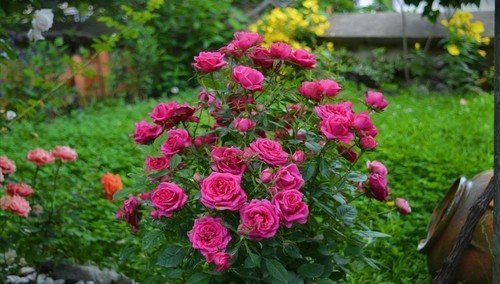
Preparing roses for cold weather begins with choosing a variety, preferably one with increased resistance to frost. When purchasing, it is better to look closely at healthy and strong bushes. The planting location plays an important role; roses do not like shade. You should not plant roses in lowlands, where melt water will begin to accumulate in the spring. You need to constantly loosen the soil, weed out weeds, properly water and cover for the winter.
Feeding roses
It is not advisable to feed roses with nitrogen; they stimulate the growth of shoots and leaves, which will not have a favorable effect at all in winter.
There are a couple of simple recipes for autumn feeding:
- 10 liters of water; 16 g of potassium monophosphate; 15 g superphosphate.
- 10 liters of water; 2.5 g boric acid; 25 g superphosphate; 10 g of potassium sulfate.
The volume of the solution is designed for 4 square meters. meter of land.
In September, a visual inspection of each bush is carried out; if the leaves are reddish, then the flower is not yet ready for wintering. When the seeds ripen, the bush itself will begin to prepare for winter. Then comes the stage of pruning the bush.
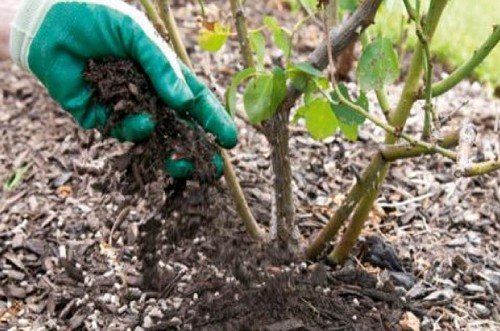
Rose pruning
The bushes need to be pruned in late September, when constant frosts occur. It is necessary to remove weak and dry branches, and also cut off all shoots growing inside the bush. In winter, the skeleton of the bush is formed and all unnecessary branches are cut off.
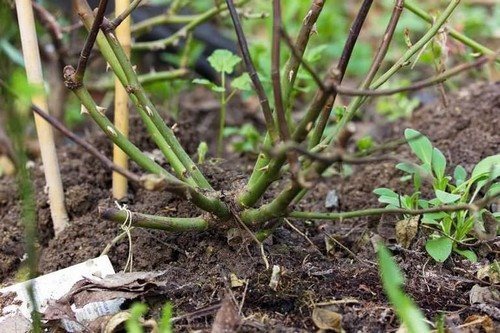
Treatment and insulation of the root system
The roots need to be covered with mulch to a height of 10-15cm. It will protect the root system from winter cold. You can also cover the roots with sawdust or spruce branches.
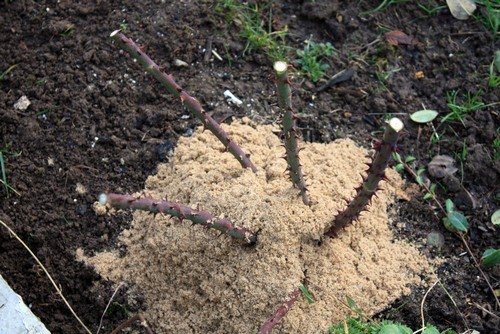
Construction of the frame
You need to build a reliable shelter, without high humidity, where the roses will be comfortable all winter. From metal reinforcement or arcs used for greenhouses, you need to set up a frame about 50 cm high. This should be done directly above the roses. If the branches extend beyond the boundaries of the shelter, you can trim them a little.
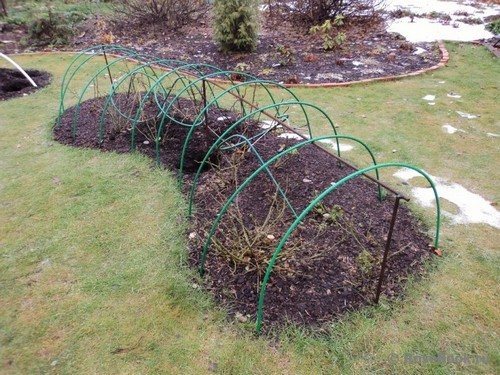
Insulation
Insulated material is stretched over the constructed frame, for example: burlap, craft, special insulation.
The edges must be secured so that they cannot be torn off by a gust of wind and the shelter does not open.
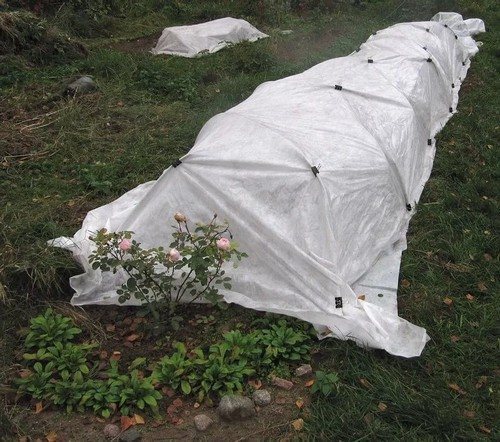
You need to be especially careful when it comes to insulating young bushes. The first frosts are the most dangerous. Most young plants die at this time. It is better not to take advantage of the insulated material and to properly cover the rose bushes for the winter. Then they will delight your eyes with vibrant color next year.
Roses do not like temperature changes; in the spring, when the snow melts, moisture enters through the material, then sudden frosts and thaws. Moisture begins to accumulate inside the shelter, rot appears and the bush begins to slowly die.
There is no need to cover the bushes in early autumn; the emerging buds may not survive the winter period. If winter in the city is late, roses can easily endure the winter under cover of sawdust or dry leaves.
You cannot cover roses with PVC film for the winter; in the spring it will create a greenhouse effect, the buds will begin to bloom and freeze in the event of sudden frosts.


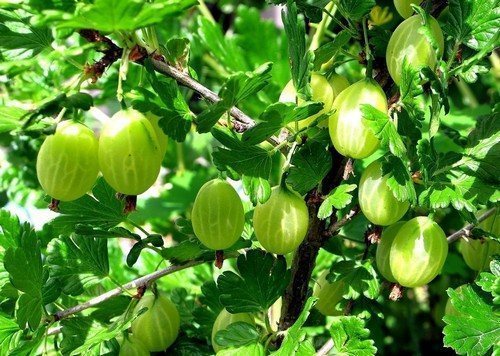
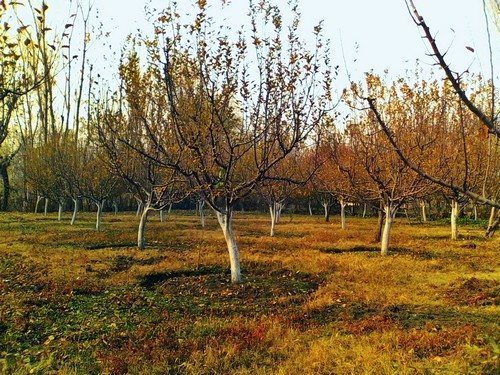
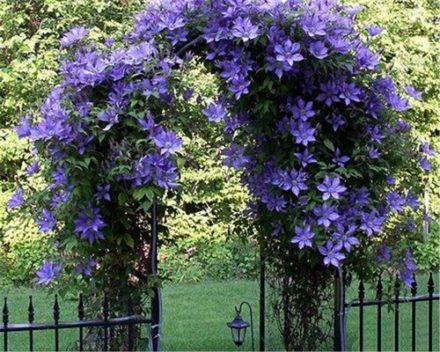
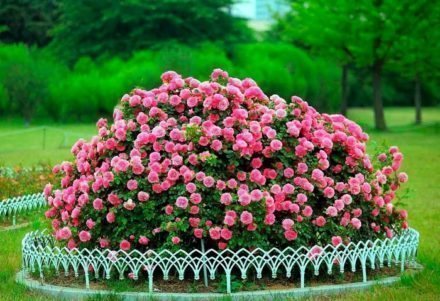
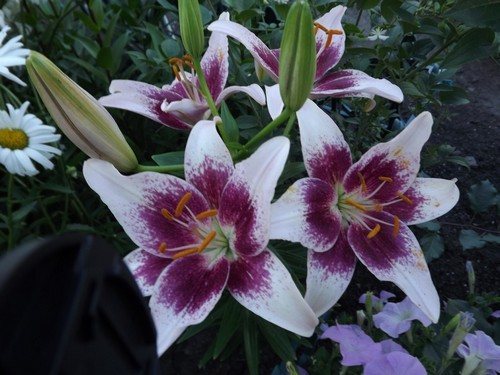
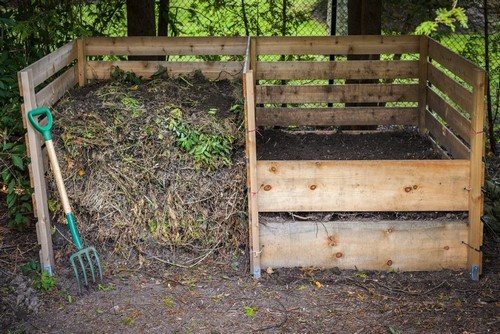
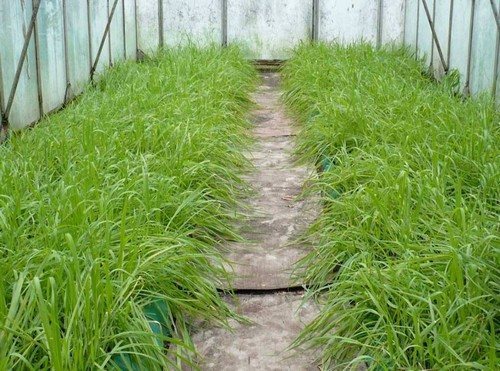
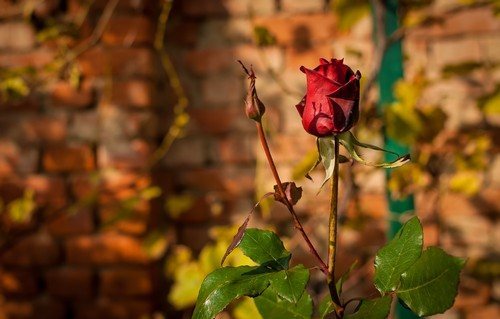
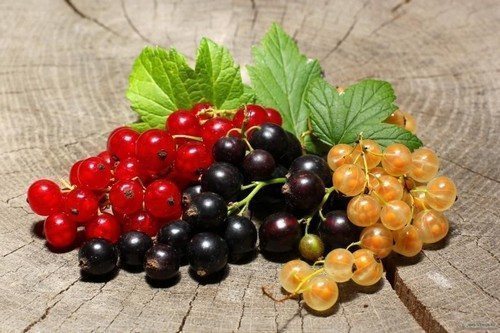
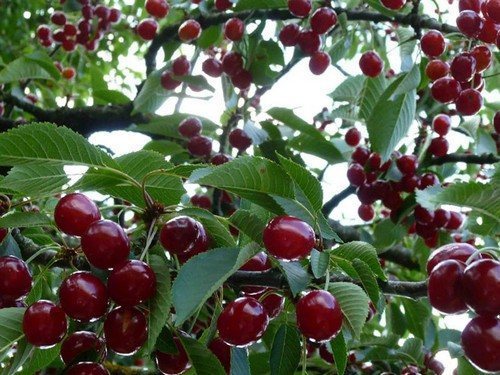
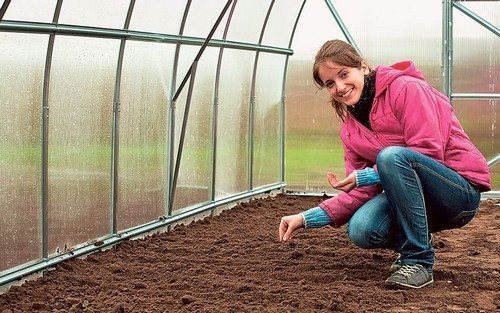
ah! If only you had written the transcript: monophosphate, superphosphate and potassium sulfate! We live in a place where there are no libraries! Our eyesight and age do not allow us to search the Internet... We are sincerely grateful for the advice!
To Alexandru: Potassium monophosphate, potassium sulfate, superphosphate, double superphosphate - these are all mineral fertilizers that are sold under these names in garden stores. They are used mainly in autumn feeding. Monophosphate - and in summer. Monophosphate is the most expensive of these fertilizers, for 1 kg - 240 rubles.